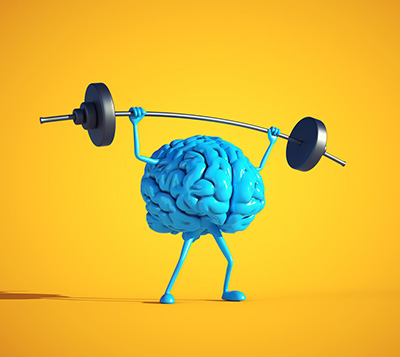 Hello friends of Caring Medical!
Hello friends of Caring Medical!
We wanted to ask you, “What have you been thinking about lately?”
You may wonder why we ask. Well, with all that is going on in the world, there is much to think about – and some is not good.
What informs you, forms you.
What goes in, comes out.
In other words, what you put into your body forms the way your body responds to life.
For example, if you eat chemical-laden, processed junk food regularly, do you think your body is going to be able to function optimally? Probably not. Our bodies need the appropriate fuel to operate properly. Therefore, it is vital for health and longevity to consume real foods consisting of fresh vegetables, fruits, proteins, and complex carbohydrates. Ingesting sugar and chemicals stresses the body and depletes the immune system, thus making it even more difficult for the body to heal when undergoing treatments.
Another area that many people may not think about is what we expose our minds to in the form of watching television, YouTube, Netflix, Amazon Prime, or any other avenue of “entertainment” or even the music we listen to. When we evaluate patients in our Hauser Neck Center, one of the tests performed utilizes Heart Rate Variability (HRV) monitoring. A high heart rate variability demonstrates the resiliency of your body to cope with “fight-flight” or danger, stress and anxiety and can calm down afterward. A high heart rate variability indicates an ability to manage stressful situations, which is good.
In general, low heart rate variability is considered a sign of current or future health problems because it shows your body is less resilient and struggles to handle changing situations. It is also more common in people who have higher resting heart rates. That is because when your heart is beating faster, there is less time between beats, reducing the opportunity for variability. This is often the case with conditions like diabetes, high blood pressure, heart arrhythmia, asthma, anxiety, and depression.
A low heart rate variability has shown in numerous studies to be a strong, independent predictor of future health problems and a correlate of all-cause mortality. A low heart rate variability demonstrates the lack of resiliency of your body to cope with “fight-flight” or danger, stress, and anxiety. Reduced HRV has been shown to occur in about every illness in men, women, children, neonates, and even fetuses. Low HRV is a predictor of both physical and emotional diseases. It also is an indicator of psychological resiliency and behavioral flexibility, reflecting an individual’s capacity to adapt effectively to changing social and environmental demands and stressors. Every person should know what their HRV is and what improves it and what diminishes it. Your long happy life depends on it.
What we have found at the Hauser Neck Center is that numerous things affect HRV – one of which is the structure of the neck, which is why many people are coming to see us. In addition to this, what you watch, what you listen to, and who you spend time together with – all affect your HRV. Studies show that peaceful, calm input produces peaceful, calm output. Thus, watching or listening to aggressive, violent things is not good for your HRV status. Studies have even been conducted showing that concentration, thinking, and peacefulness improve while listening to Mozart. (The Mozart Factor). We are not saying you must listen to Mozart, but you get the point.
Taking the time to meditate, pray, rest, and relax also significantly improves HRV status.
We want to encourage you to input good, healing things into your bodies and brains.
Blessings from the Dr. and Dietitian,
Dr. Hauser and Marion



